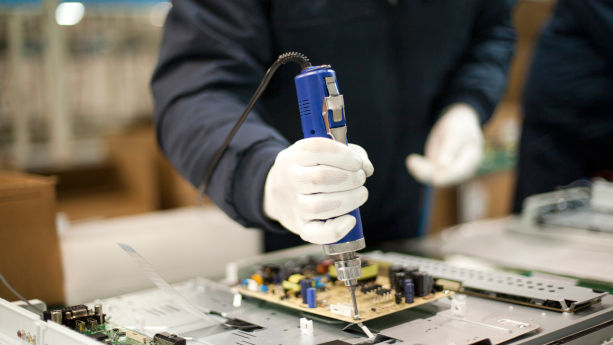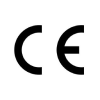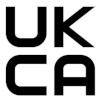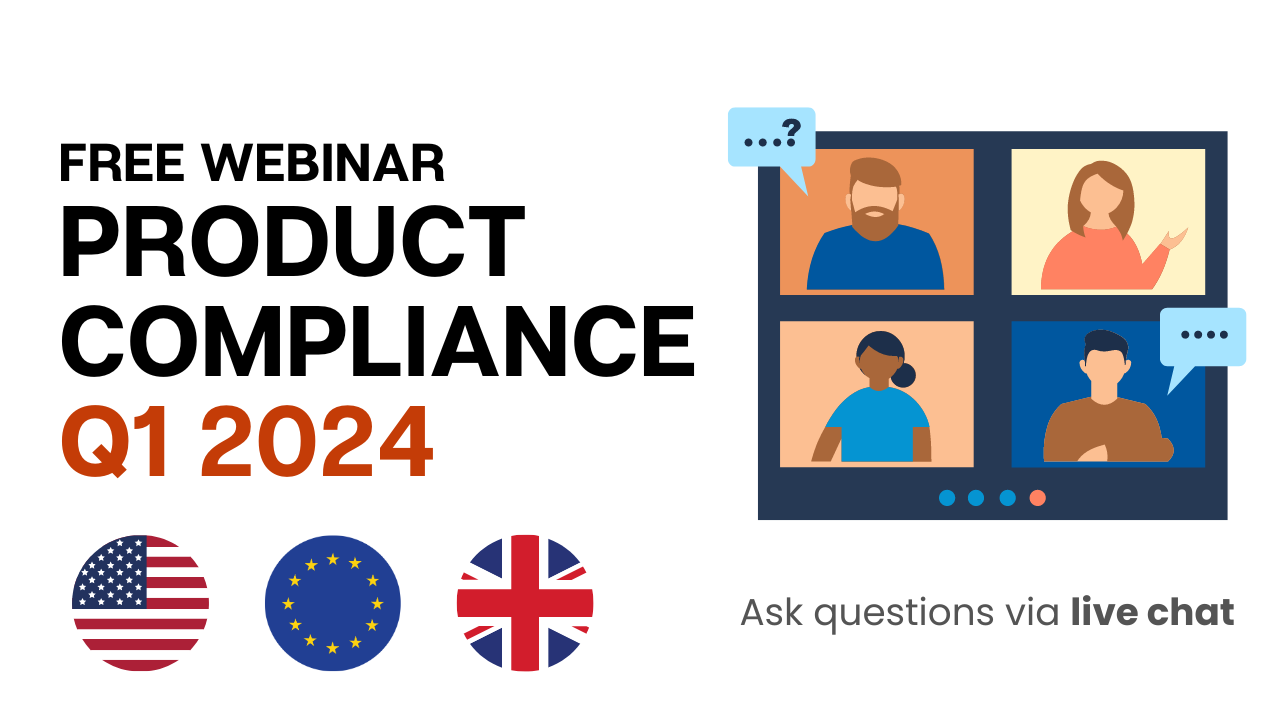Underwriters Laboratories (UL) develop standards for electronics and other products. These standards are often voluntary but serve as a reference point for ensuring that products are safe by design. In this guide, we explain what importers and Amazon sellers must know about UL standards, including product scope, examples, UL certification, UL listing, and more.
Content Overview

FREE CONSULTATION CALL (US, EU & UK)
- Request a free 30-minute call with Ivan Malloci to learn how we can help you with:
- Find product requirements
- Certification and labeling
- Lab testing
What are UL standards?
UL standards can be used to assess the electrical safety and flammability of many categories of products. UL standards might also cover aspects such as performance, and sustainability.
UL safety standards help ensure the reduction of injury to customers, and potential risks and dangerous occurrences brought about by design problems, improper labeling, and more. UL standards enjoy recognition across the North American market for being a benchmark of safety. As such, UL standards are adopted by top industry leaders worldwide.
What is Underwriter Laboratories?
Underwriter Laboratories is a US company that has been accredited by the American National Standards Institute (ANSI) and the Standards Council of Canada (SCC).
UL focuses on testing and certifying a large array of products like consumer electronics and medical devices for safety compliance before they are placed in markets around the world. Over more than a century, UL developed more than 1,500 of its own standards to test the safety of electronics and other products.
It is paramount to ensure a product’s safety by developing safety standards. This necessity applies especially to newer products for which no regulations or standards exist yet.

Which products are covered by UL standards?
UL standards cover products such as electronics, batteries, wires and cables, plastic materials, building materials, and more. We list some examples of each of these categories below.
Electronics
- Office machines
- Air conditioning units
- Televisions
- Speakers
Batteries
- Mobile phones
- Laptops
- Portable flashlights
- Wireless mouse
Wires and Cables
- Communications cable
- Fiber optic cable
- Extension cord
- Overhead power line
Plastic Materials
- Industrial laminates
- Filament wound tubing
- Vulcanized fibers
- Coil forms
Building Materials
- Wooden doors
- Stainless steel door handles
- Thermoplastic insulation
- Glass
UL Standards List
UL has developed different types of standards, against which a product’s electrical safety, flammability, sustainability, performance, and other aspects are tested.
Below we list different types of standards relevant to consumer products. You can find more standards on the UL website.
Electrical Safety Standards
UL develops electrical safety standards in order to prevent risks such as electric shocks or burns for the user. Here we list some examples of these standards:
a. UL 62368-1 – Audio/Video, Information, and Communication Technology Equipment – Part 1: Safety Requirements
b. UL 2054 – Household and Commercial Batteries
c. UL 749 – Household Dishwashers
d. UL 1023 – Household Burglar-Alarm System Units
Flammability Standards
UL develops testing standards pertaining to the flammability of items so as to make sure said items do not easily catch or propagate fire. Here are some examples of these standards:
a. UL 94 – Standard for Tests for Flammability of Plastic Materials for Parts in Devices and Appliances
b. UL 340 – Standard for Tests for Comparative Flammability of Liquids
c. UL 1694 – Standard for Tests for Flammability of Small Polymeric Component Materials
d. UL 127 – Standard Corner Wall Method of Test for Flammability Characteristics of Non-Melting Foam Plastic Building Materials
Sustainability Standards
UL develops standards concerning the sustainability of various products to ensure that they do not pose harm to the environment or deplete natural resources during the manufacturing process or everyday usage by consumers. Here we list some of these standards:
a. UL 115 – Sustainability for Thermal Insulation
b. UL 110 – Standard for Sustainability for Mobile Phones
c. UL 172 – Standard for Sustainability for Toys
d. UL 126 – Standard for Sustainability for Plastic Film Products
Performance Standards
UL develops performance standards to ensure that the products tested against these standards work as intended. Here are some examples:
a. UL S8001 – Flashlight Performance
b. UL 316 – Standard for Performance of Video Surveillance Systems
c. UL 2596 – Test Method for Thermal and Mechanical Performance of Battery Enclosure Materials
d. UL 2802 – Performance Testing for Camera Image Quality
Amazon and UL standards
Amazon sellers should be aware that Amazon might require compliance with UL standards. This is the case even if UL compliance is not a regulatory requirement for said product.
As such, UL standards are practically made mandatory by Amazon on its US marketplace for a wide range of electronics. Failing to provide valid UL test reports, issued by an ISO 17025 accredited company, can result in your listing being denied or removed at a later date.
Power Banks
For example, Amazon requires lithium power banks to be tested according to UL 2056. Amazon also lists UL 2054 or UL/CSA 62133 for the internal battery, and UL/CSA 60950-1 or UL/CSA 62368-1 for the power bank – as an acceptable alternatives.
Other Electronics
Power banks are not the only products that may need to be tested for compliance with UL standards. The list of products for which Amazon requires UL compliance includes but is not limited to the following:
| Product | UL Standards | Source |
| E-mobility devices | UL 2272 and UL 1642 / UL 2054 / UL 62133-2 | Link |
| E-bikes | UL 2849 | Link |
| Hand-supported hair dryers with immersion protection plugs | UL 859 / UL 1727 | Link |
| Space heaters | UL 1278 | Link |
| Seasonal and Decorative Lighting Products | UL 588 | Link |
| Portable generators and portable inverter generators, portable power inverters | UL 2201 [Ed 2], UL 2743 / UL 458 | Link |
| Portable Automotive jump starters | UL 2743 | Link |
| Personal flotation devices | UL 1177 / UL 1180 ; UL 1123 / UL 1517 / UL 1180 ; UL 12402-5 | Link |
| Mobile phone / Laptop Computer Batteries and Chargers | UL 2054 ; UL 62133 ; UL 60950-1 ; UL 62368-1 ; UL 1310 ; UL 2089 | Link |
Are UL standards mandatory in the United States?
Although compliance with UL standards is often voluntary. That said, that doesn’t really change the fact that you must ensure that your products are compliant with the relevant UL standards – especially in the US.
Importers and manufacturers are responsible for the safety of their products, which – is found to be non-compliant with relevant regulations or being unsafe for any reason – might be recalled by the authorities, and removed from Amazon and other marketplaces. Importers and manufacturers of unsafe products also risk being subject to major fines, and legal action.
This is the case regardless of whether or not UL standards are voluntary.
Thus, testing your product against recognized standards such as UL standards can help to assess product compliance, and verify product safety. Amazon and other marketplaces or retailers might also require sellers to prove that their products comply with UL standards, even if doing so is voluntary.
Are UL standards recognized in the UK?
Presumption of conformity with UK regulations is generally based on British Standards (BS). However, if no British Standards exist for a product, other international standards., such as UL or ATSM standards, may be used to demonstrate the safety of a product. This is, however, rarely the case.
Are UL standards recognized in the European Union?
Presumption of conformity with EU directives and regulations is generally based on EN standards. In some cases, national standards, such as DIN 4102 German standards for fire resistance, can also be used.
If there are no relevant EN or national safety standard for a product’s been tested against, relevant international standards may be utilized instead, including UL standards. Again, this is rarely the case as there are usually corresponding EN standards in existence.
What is the difference between UL and ETL?
UL develops its own standards. Meanwhile, ETL is a testing and certification scheme that tests products according to relevant standards – including UL standards. Further, ETL was created by Intertek and aimed at demonstrating compliance with standards and regulations in North America. Possibly due to the fact that there is no equivalent to the CE mark in the US and Canada.
Both UL and ETL are recognized by OSHA and Nationally Recognized Testing Laboratories (NRTLs) in the US.
Are UL standards available for free?
UL standards are not available for free and must be purchased. The only exception is represented byUL Environment Standards, which can be downloaded as a PDF at no cost.
A single standard can cost up to US$798 in PDF format, and up to US$998 if you choose to purchase the hardcopy. You can also decide to purchase a 3-year subscription package for a given standard, which also includes revisions, bulletins, and proposals. As such, subscriptions are more expensive.
Under this plan, a standard in PDF format costs up to US$1,592, and hardcopy versions cost up to US$1,990.
How much do UL standards cost?
As already mentioned, UL standards for different consumer products will have different costs. We list four examples in the table below.
| Standard | Price Range (USD) |
| 60065 – Standard for Audio, Video and Similar Electronic Apparatus – Safety Requirements | $514 –$1,284 |
| 60730-2-12 – Standard for Automatic Electrical Controls – Part 2-12: Particular Requirements for Electrically Operated Door Locks | $205 – $513 |
| Standard 60745-2-3 – Hand-Held Motor-Operated Electric Tools – Safety – Part 2-3: Particular Requirements for Grinders, Polishers and Disk-Type Sanders | $530 – $1325 |
| Standard 60335-2-8 – Household and Similar Electrical Appliances – Safety – Part 2-8: Particular Requirements for Shavers, Hair Clippers and Similar Appliances | $200 – $500 |
Where can I buy UL standards?
While UL Standards are sold on the UL Standards Sales Site, these can also be purchased on other sites, including:
- IHS Markit Standards Store
- American National Standards Institute (ANSI) webstore
- Beuth publishing DIN
UL Certification
Testing products according to UL standards can enable brands to use UL marks on the product, packaging, or part of promotional materials. Doing so can signal to consumers that your product is safe and tested according to the relevant UL standards.
UL Marks Overview
- UL Certified Mark
- UL Listed Mark
- UL Classified Mark
- UL Recognized Component Mark
- UL Performance Verified Mark
You can learn more about the different definitions on this page.
UL Certified Mark
Products bearing the UL Certified Mark have been Listed or Classified by UL, or both.
Examples of kinds of products certified by UL include:
- Signaling alarms
- Electronic equipment
- Electrical components
UL Listed Mark
A product is considered to be UL Listed when samples of the product have been tested and deemed by UL to have met UL’s relevant safety standards, all of which are nationally recognized.
There are instances where products (especially industrial products) bearing the UL Listed mark have been evaluated by UL to be compliant with other safety requirements. In these cases, any marketing material may have to specify which additional safety requirements the product meets.
UL Classified Mark
UL Classified means that the product has been tested and evaluated by UL. But only for specific properties, with regard to a limited range of hazards, or for use under certain conditions.
Since UL Classified products have only been tested for specific properties, such as flammability, it is important to ensure that the UL Classified Mark is accompanied by a statement that indicates the specific scope of the classification.
Conversely, UL Listed products are deemed safe in a more broad sense.
UL Performance Verified Mark
UL Performance Verified means that samples of a product have been tested and evaluated against specific performance standards, for instance lighting energy efficiency. This helps to build credibility and consumer trust.
The main difference between a UL Performance Verified products and UL Listed or Classified products is that the former has been tested against performance standards, while the latter has been tested against safety standards.
UL Recognized Component Mark
In this case, UL tests components or materials, not end-use products. When the component or material has been tested and evaluated to have met the relevant UL standards, it is deemed as a UL Recognized Component.
Such components or materials are intended to be used in an end-use product or system that might then be eligible for UL listing or UL classification.
Examples of UL Recognized Components include:
- Board mounted relays
- Motors
- Definite purpose contactors





















https://www.amazon.com/dp/B08MJL8G3C/ – ship and SOLD by Amazon.
NO UL. NO ETL.
Many more similar devices sold by Amazon as a seller ( not third party or FBA ) .
So, the ‘requirements’ are being used only once Amazon wants to shut down the listing which is , for some reason, not convenient for them ( competitive , seller point Amazon absurd rules, seller open many cases, etc, ) . So , this is just a weapon, rule for small sellers. Except Chinese sellers, they are extra protected as well while now they are 60% of all merchants on US Amazon. Again – Amazon may sell anything with no certifications. You cannot.
Hello,
I am writing to ask for more information about the Amazon product compliance requirement for selling portable power inverters and portable automotive jump starters.
It is known that the current regulation/standard requirement for both of the two products is UL 2743. However, it is said by some people that the products will be required to be certified by UL 2056 instead of UL 2743 soon, is that true?
Your reply will be greatly appreciated.
kindly regard
Rita
hello
we have a listing which has removed by compliance documents . we are seller of E commerce and have been working on amazon ;I am amazon VA and have been working on amazon with client .I opened case many times but now amazon is asking about URL standards .we have already submitted to amazon by taking supplier but it is not working .
we need help you for it
kindly regard
I am Mohsin Zayn
Hello Mohsin,
You will most likely not get anywhere with your supplier because they don’t have any UL test reports.
You should contact a lab ASAP.